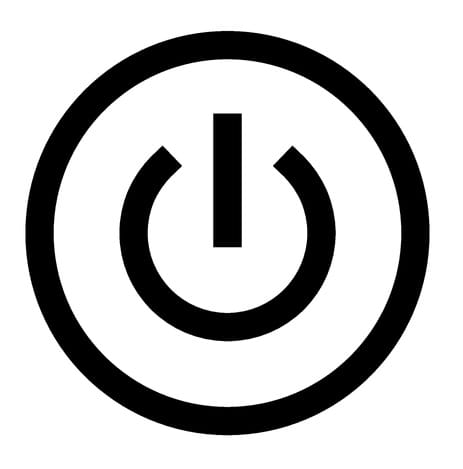The Ecommerce Merchant's Essential Guide to Selling & Shipping in Germany
Most ecommerce country guides give a comprehensive, not-that-useful report on Germany that shows you the obvious: it's a big market, they have internet and speak German. This guide is designed to give you the absolute essentials to ecommerce in Germany.
Most ecommerce country guides give a comprehensive, not-that-useful report on Germany that shows you the obvious: it's a big market, they have internet and speak German.
Chances are, you've already decided to sell in Germany or sold a product or two in that country.
This guide is designed to give you the absolute essentials to ecommerce in Germany. A minimum you must do.
Important: Most ecommerce reports describe the consumer (B2C) market. Don't make the assumption that the facts and figures quoted apply to a business to consumer (B2B) product or service.
The business market has different payment types, invoicing requirements and customer expectations. There may be overlap, but treat the markets differently.
For Business to Business:
Payment types are:
- Bank Transfer via IBAN (International Bank Account Number) .
- You may encounter other different names for the same thing, being a bank transfer, like SEPA (Single European Payment Area), but that name is old and is being phased out.
GDPR & Terms and Conditions
Legal requirements and paperwork are very important in Germany. You can be fined and sent a legal notice if you fail to implement these.
You must have the following for your webshop:
1) Allgemeine Geschäftsbedingungen: algemene voorwaarden
Known in english as Terms and Conditions, North Americans and Dutch look to make sure this is present. Germans read this from top to bottom. You must review it and we're learning a simple translation is not acceptable.
2) Datenschutz
Known in english the General Data Protection Regulations (GDPR) this must be present on your website for any merchant doing business with anyone with the EU.
3) Impressum
There is no equivalent in English, but the requirement is a full disclosure of information about the ownership of the company. This includes:
- Name of the organization
- Official legal name of the company
- Full name of the persons responsible for the business (corresponding to the information in the trade register)
- Contact details consisting of address, telephone number, e-mail address and fax number
- Umsatzsteuer-ID, or EU VAT number.
- KVK number and if possible the details of the German Chamber of Commerce
Bank details
4) Widerrufsrecht
This is the right of withdrawal. Similar clauses are found within other EU-based countries.
Any business or consumer has:
- 14 days to dissolve the contract without giving a reason
- Right to return the full purchase amount.
- Right to a refund of the shipping costs.
Two recommendations:
The best summary in the Dutch language is found with a Ondernermers Belang.
We recommend all ecommerce merchants contact and join the Haendlerbund.de which provides all of the above forms, and much more, for a monthly fee.
For Business to Consumer:
Key Purchasing Attributes:
- Privacy
- Legal Terms and Conditions must be visible.
Mobile: 50% of online transactions happen on a mobile device.
Payment Type:
- PayPal 52%
- Invoice 26%
- Debit or Credit Card 12%
Breakdown on card types here: - Cash on Delivery 1%
What is ELV?
ELV (Elektronisches Lastschriftverfahren) is an electronic direct debit payment method used by banks in Germany. It is the most common payment method in Germany for consumers, but requires a German bank account or Payment provider.
GiroPay
GiroPay is a bank type payment that allows merchants to obtain payment through the 1500 connected German banks. Payment is guaranteed for the merchant.
Returns
- The return rate in Germany is one of the highest we've seen. According to the Ecommerce Foundation German consumers have the right to return their purchases within 14 days, resulting in a high return rate (5-10% for electronics to 70% for fashion).
Delivery in Germany
- DHL is the desired delivery method.
Invoice Requirements for Germany
An invoice which is subject to the German VAT must include at least the following information:
- The date of issue of the invoice
- A unique, sequential invoice number
- The VAT number or the VAT ID number of the supplier / service provider
- Full address of the supplier / service provider
- Full address of the customer
- Complete description of the goods or services provided
- Details of quantities of goods, if applicable
- The date of the supply or the date of the service provided to the customer
- The net, taxable value of the supply / service
- The VAT rate applied and the amount of the VAT
- The total, gross value of the invoice
- Specific details to support zero VAT - was this a case of export, or reverse charge or an intra community supply
Only if all requirements above are fulfilled is a VAT refund or a zero-rated invoice possible.
Disclaimer: This is NOT a complete guide and Sojourner Assay B.V. does not accept responsibility for implementing these recommendations.
Sources are Chargebee.com blog and Händlerbund.de/en and Avalara Tax Blog
